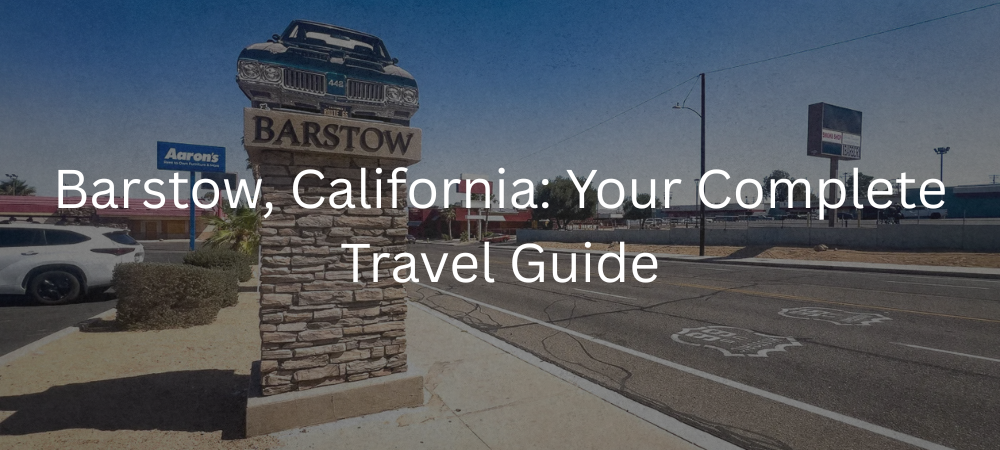The Goblet Squat is a popular and effective lower body exercise that targets the quadriceps, hamstrings, glutes, and core muscles. This squat variation is performed while holding a weight, typically a kettlebell or a dumbbell, in front of the chest. It’s a versatile exercise suitable for individuals of all fitness levels, making it a fundamental movement in strength training and functional fitness routines. In this comprehensive guide, we will explore the technique, benefits, and alternatives to the Goblet Squat.
Instructions
Setup:
- Position: Stand with your feet slightly wider than shoulder-width apart, toes pointed slightly outward. Hold a kettlebell or dumbbell vertically with both hands close to your chest.
- Posture: Keep your chest up, shoulders back, and core engaged throughout the exercise.
Execution:
- Descent: Initiate the movement by pushing your hips back and bending your knees to lower your body into a squat position. Keep your back straight and your weight on your heels.
- Depth: Lower your body until your thighs are parallel to the ground or as low as your flexibility allows while maintaining proper form.
- Ascent: Push through your heels and engage your glutes to return to the starting position.
- Breathing: Inhale as you lower your body and exhale as you push back up to the starting position.
- Repeat: Perform the desired number of repetitions, maintaining control and proper form throughout the exercise.
Tips:
- Keep your chest up and your back straight to maintain proper spinal alignment.
- Focus on pushing your knees outward to prevent them from collapsing inward during the movement.
- Engage your core to stabilize your body and protect your lower back.
- Maintain a slow and controlled tempo throughout the exercise to maximize muscle engagement and control.
Benefits of Goblet Squat
- Lower Body Strength: The Goblet Squat targets the muscles of the lower body, including the quadriceps, hamstrings, and glutes, helping to improve lower body strength and muscular endurance.
- Functional Movement: Squatting is a fundamental movement pattern that mimics activities of daily living, making the Goblet Squat a functional exercise for overall movement efficiency.
- Core Engagement: Holding the weight in front of your chest engages the core muscles, promoting stability and improving overall core strength.
- Versatility: This exercise can be performed by individuals of various fitness levels, and the weight can be adjusted to suit individual strength and training goals.
- Improved Posture: The Goblet Squat promotes proper posture and spinal alignment, which can be beneficial for individuals who spend long hours sitting or have poor posture habits.
- Joint Health: Performing the Goblet Squat with proper form can help improve joint mobility and strengthen the muscles around the knees and hips, leading to improved joint health.
Alternatives
While the Goblet Squat is an effective lower-body exercise, incorporating a variety of squat variations and alternative exercises can provide a well-rounded lower-body workout and prevent workout plateaus. Here are some alternatives to the Goblet Squat:
- Barbell Back Squat: Performing squats with a barbell on your upper back places more emphasis on the posterior chain, including the glutes and hamstrings.
- Barbell Front Squat: Holding the barbell in front of your shoulders challenges your core and places more emphasis on the quadriceps.
- Dumbbell Squat: Hold a dumbbell in each hand, with your arms extended by your sides while performing the squat. This variation allows for greater freedom of movement.
- Bulgarian Split Squat: Rest one foot on a bench or elevated surface behind you and perform squats with the other leg. This exercise emphasizes single-leg strength and stability.
- Box Squat: Using a box or bench behind you, sit back on the box during the squat to emphasize hip and glute activation.
- Single-Leg Squat (Pistol Squat): This advanced bodyweight exercise targets leg strength and balance, with a focus on the quadriceps and glutes of the working leg.
- Sumo Squat: Perform squats with your feet wider than shoulder-width apart and your toes pointed outward. This variation targets the inner thighs and glutes.
- Kettlebell Sumo Squat: Hold a kettlebell with both hands in front of you while performing the sumo squat to add resistance and increase the challenge.
- Lunges: Forward, reverse, or lateral lunges target the lower body muscles and also work on balance and coordination.
Incorporating a variety of lower body exercises into your training routine can help you achieve well-rounded leg strength, stability, and mobility. Depending on your goals and preferences, you can rotate through these exercises to keep your workouts challenging and effective.
In conclusion, the Goblet Squat is a versatile and effective exercise for targeting the lower body muscles, improving functional strength, and promoting overall lower body stability. When performed with proper form and technique, it can be a valuable addition to your lower body training routine. If you’re new to this exercise or have specific fitness goals, consider consulting with a fitness professional or personal trainer for guidance and a customized workout plan.








